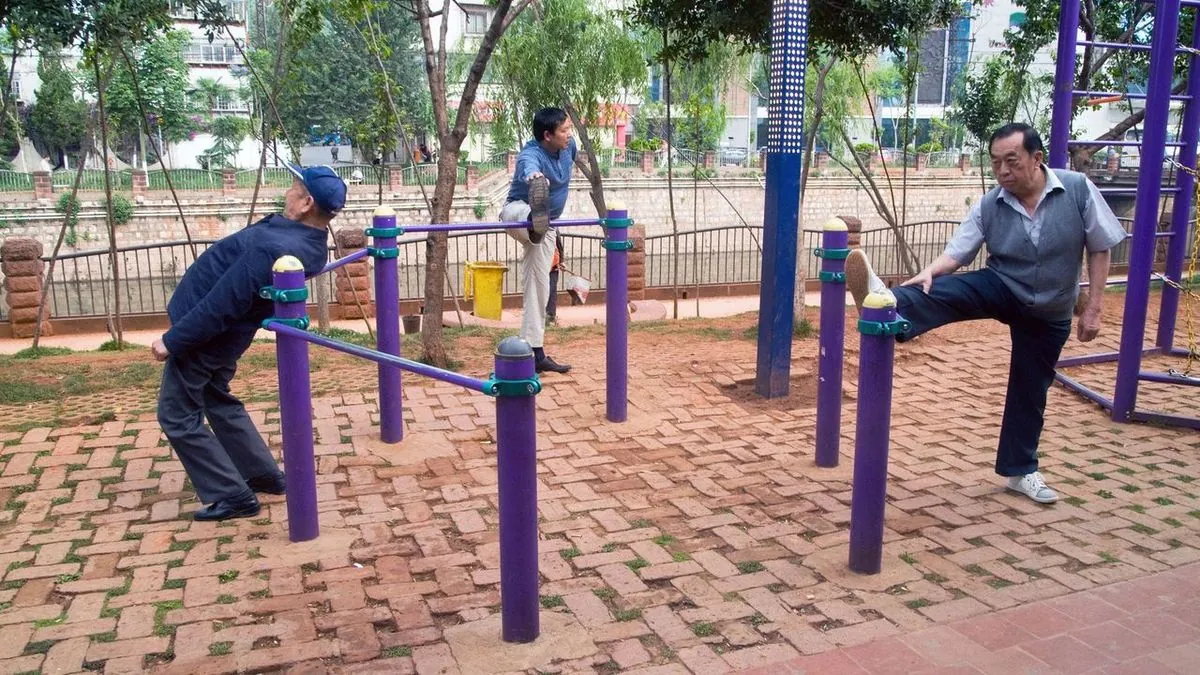China Raises Retirement Age, Balancing Fiscal Needs and Social Impact
China approves gradual increase in retirement age to address demographic challenges and pension fund sustainability. The reform aims to bolster workforce amid economic slowdown, with cautious implementation over 15 years.

China has taken a significant step in addressing its demographic and fiscal challenges by approving a plan to raise the retirement age. This move, announced on September 13, 2024, marks a departure from a system established in the 1950s when life expectancy in the country was considerably lower.
Under the new policy, the retirement age for men will increase to 63 from 60, while for women in white-collar professions, it will rise to 58 from 55. Blue-collar female workers will see their retirement age increase to 55 from 50. This change reflects the dramatic improvement in life expectancy in China, which has risen from below 40 in the 1950s to over 78 today, surpassing the United States' average of 76 years.
The decision to raise the retirement age comes after years of deliberation. Chinese planners first proposed the idea in 2013, but faced significant public opposition, with nearly 70% of people surveyed by the People's Daily expressing disapproval. The government's determination to proceed now underscores the urgency of addressing fiscal pressures and demographic shifts.

China's pension system is under increasing strain. By the end of 2023, mandatory pension funds managed by local governments amounted to 7.8 trillion yuan ($1.1 trillion) and covered over 1 billion policyholders. However, the Chinese Academy of Sciences warned in 2019 that this system could be depleted by 2035, as the number of pensioners is projected to surge from 280 million to over 400 million within a decade.
Despite these pressures, China's revised scheme remains relatively generous compared to some other countries. While workers in Japan and France typically contribute for more than 40 years to state pension assets, the new Chinese policy requires only 20 years of contributions for pension benefits.
The reform aims to address China's shrinking workforce, a trend that began in 2012. Recent data from the National Bureau of Statistics shows that the working-age population (16-59) decreased to 61.3% of the total population in 2023, down from 62% in 2022. By extending working years, the government hopes to mitigate this decline and support economic growth.
However, the implementation of this policy will be gradual, spanning 15 years. This cautious approach reflects awareness of potential social and economic impacts. While China has not experienced nationwide protests like those seen in France following pension reforms in 2023, policymakers remain mindful of the need to balance fiscal necessities with public sentiment.
As China navigates this transition, the focus will be on managing the delicate balance between supporting an aging population and maintaining economic dynamism. The success of this reform will be crucial in shaping the country's demographic and economic future.


































